“Art is one of the things that might save us, save humanity.” -Jesús Moroles
Born on September 22, 1950 to poor Corpus Christi cotton farmers, renowned sculptor Jesús Bautista Moroles created a name for himself through expert manipulation of granite and a unique perspective on humanistic and natural harmonies within the world. He passed away in June 2015.
As a child, Moroles exhibited artistic talents that caught the eyes of both his parents and his elementary teachers. He proved to be a self-made entrepreneur after high school but set aside his successful silk screening business to enlist in the Air Force as an electronic equipment repair specialist. When he was discharged from the Air Force four years later, Moroles was forced to begin his education again, enrolling in El Centro Community College before transferring to North Texas State University. Moroles graduated from NTSU with a B.F.A in Art in 1978.
Heavily influenced by his uncle’s masonry as an adolescent, Moroles was drawn to the unwieldiness and strength of granite. He apprenticed with artist Luis Jiménez for a year before journeying to Italy to hone his craft in 1980. It was there that Moroles discovered an outlet to express his passion for the natural beauty of life. In his artist statement for his 2012 exhibit at Louisiana State University, Tearing Granite, Moroles explained: “I always choose pieces that can retain a suggestion of their original formation. By working directly in response to the character of the stone, I hope to expose the truth of the material.” Moroles’ pieces are all composed of at least 50% raw stone, while the remaining surfaces are polished and smooth to represent the dichotomy and simultaneous harmony of mankind and nature.
Though his pieces were considered modern, Moroles’ studio is reminiscent of the ancient Italian quarries of the masters and takes up three blocks in Rockport, Texas. Moroles’ father José, mother María, sister Suzanna and her partner Kurt Kangas, along with more than twenty employees, aid in the operations and creations of Moroles’ workshop. It is there that the monumental and small scale works of the sculptor find their origins.
For Moroles, art was not simply a pretty object to admire from afar, it was meant to be touched so that a deeper understanding could be met. When Moroles first tried to chisel granite, his tool shattered. Yet, by the end of his career the artist had been awarded with the National Medal of Arts (the highest honor an artist can receive, given by the President), the Texas State Artist award and was a recognized UNT distinguished alumni, among others. Moroles’ works can be found across the globe in Egypt, China, India, France, Italy, Japan, Switzerland, and the United States and in permanent exhibits in at least five major museums including the Smithsonian’s National Museum of American Art.
Some of Moroles’ more recognizable pieces include “Lapstrake,” located in front of the CBS Plaza in New York City, “Gateway Stele” located at Dallas’ Lubben Plaza, and Moroles’ largest work, the Houston Police Memorial. Many UNT students will come to recognize the 18 foot, 20 ton “Shield” sculpture recently installed on the Union’s South lawn, but may not realize that since 1990 Moroles’ Diamondback Ruin Totem has resided in the courtyard of the Gateway Center as well.
On June 15, 2015 Moroles was driving along Interstate 35 towards Oklahoma on his way to complete his next commission when he was involved in a fatal accident fifteen miles north of Georgetown. San Antonio sculptor Bill Fitzgibbons remarked, “I would say that he was not only one of the best sculptors in Texas, but in the United States.” Moroles was only 64 when he died and yet his lifetime accomplishments left a wake of artistic appreciation and beauty.
Moroles spoke fondly of his alma mater, especially the Art building, where he remembered feeling at home. “You were living art” the artist commented in an interview with University Relations, Communications and Marketing for UNT’s 1996 capital campaign. Moroles claimed often that his very art philosophy was molded during his time as a student at North Texas and it is through his sculptures on the campus and around the world that he leaves his mark in turn.
— Hailey LaRock, Special Collections student assistant
This post was made possible through Latino Americans: 500 Years of History, a grant from the National Endowment for the Humanities and the American Library Association.
An unedited interview with Moroles for the 1996 UNT Capital Campaign (Center for Media Production Collection, UNT Special Collections):
More:
- Read an oral history the Smithsonian Archives of American Art conducted with Moroles in July 2004.
- “Lapstrake,” 1987, commissioned for E.F. Hutton and CBS Plaza, New York City, New York. This image is from Moroles Granite Sculptures (Herring Press, 2004). This title is available for use in the UNT Special Collections Reading Room.
- Jesús Moroles poses with his art in Houston’s Barbara Davis Gallery in 2000. Image credit: Moroles Granite Sculpture (Herring Press, 2004). This title is available for use in the UNT Special Collections Reading Room.
- Moroles’ “Totems.” Left to Right: Diamondback Ruin Totem, 1998; Diagonal Totem, 1996; Zig Zag Totem, 1998; Double Concave Totem, 1996. Image credit: Moroles Granite Sculpture (Herring Press, 2004). This title is available for use in the UNT Special Collections Reading Room.
- The Moroles sculpture “Mountain Steles,” 1989, a commission for the Desert Mountain Corporation in Carefree, Arizona. Image credit: Moroles Granite Sculpture (Herring Press, 2004). This title is available for use in the Special Collections Reading Room.
- Moroles with “Bas Relief,” 1988, at his studio in Rockport, Texas. This image is taken from Moroles Granite Sculpture (Herring Press, 2004). This title is available for use in the Special Collections Reading Room.
- “Shield,” a sculpture by late UNT alumnus Jesus Moroles, was installed on the south lawn of the new UNT Union in May 2016. The sculpture features two 18’ panels of stone that weigh a combined 20 tons. The sculpture was financed by Jerome “Bruzzy” Westheimer. Image credit: inhouse.unt.edu
- Moroles poses with his Houston Police Memorial. Photo is taken from Moroles Granite Sculptures (Herring Press, 2004). This title is available for use in the Special Collections Reading Room.
- Moroles in his studio in Rockport, Texas in 1990. This image is taken from Moroles Granite Sculptures (Herring Press, 2004). This title is available for use in the Special Collections Reading Room.
- The UNT Special Collections copy of the catalog for Jesús Moroles’ 2010 Mexico City exhibition “Connecting Lines: Art in Embassies” is signed by the artist. This item is available for use in the UNT Special Collections Reading Room.
- The UNT Special Collections copy of the 1988 catalog for “Moroles: Granite Sculpture” (Simms Fine Art) is signed by the artist. This item is available for use in the Special Collections Reading Room.
- A signed image of Moroles at his studio in Rockport, Texas in 1984. This image is taken from Special Collections’ copy of Moroles Granite Sculpture (Herring Press, 2004). This title is available for use in the Special Collections Reading Room.




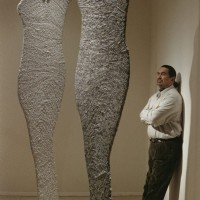
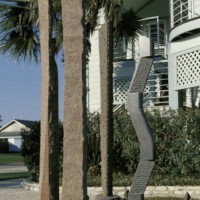


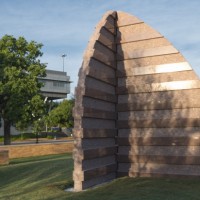
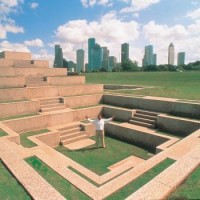
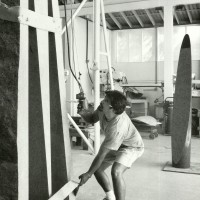
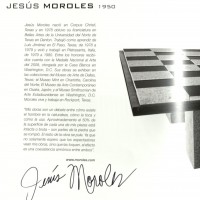
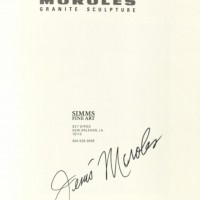

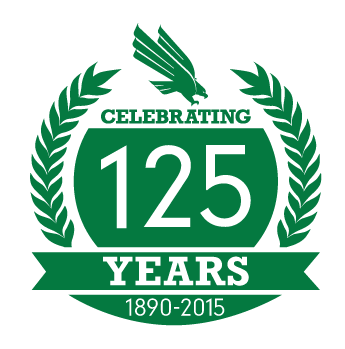

Leave a Reply